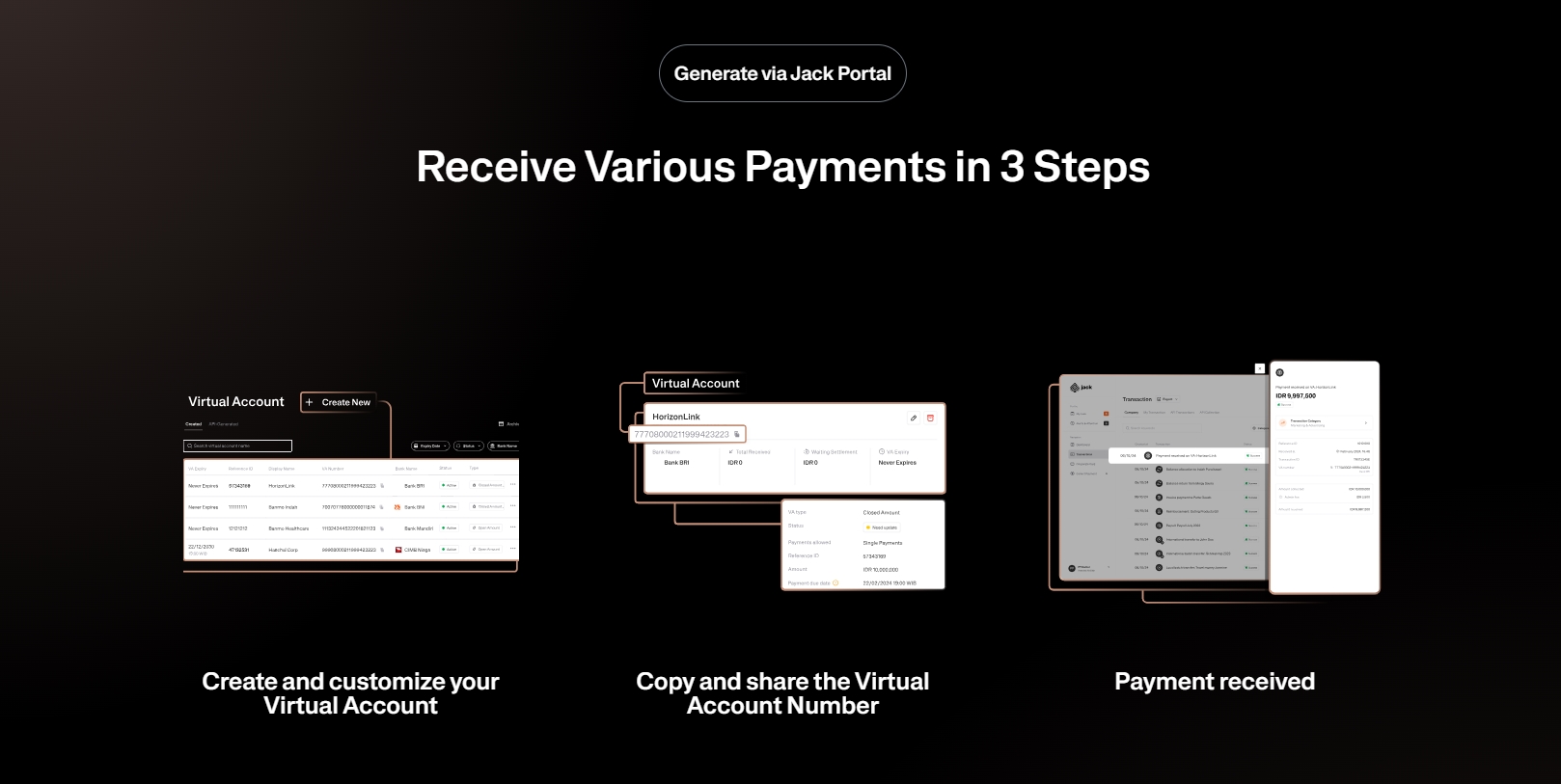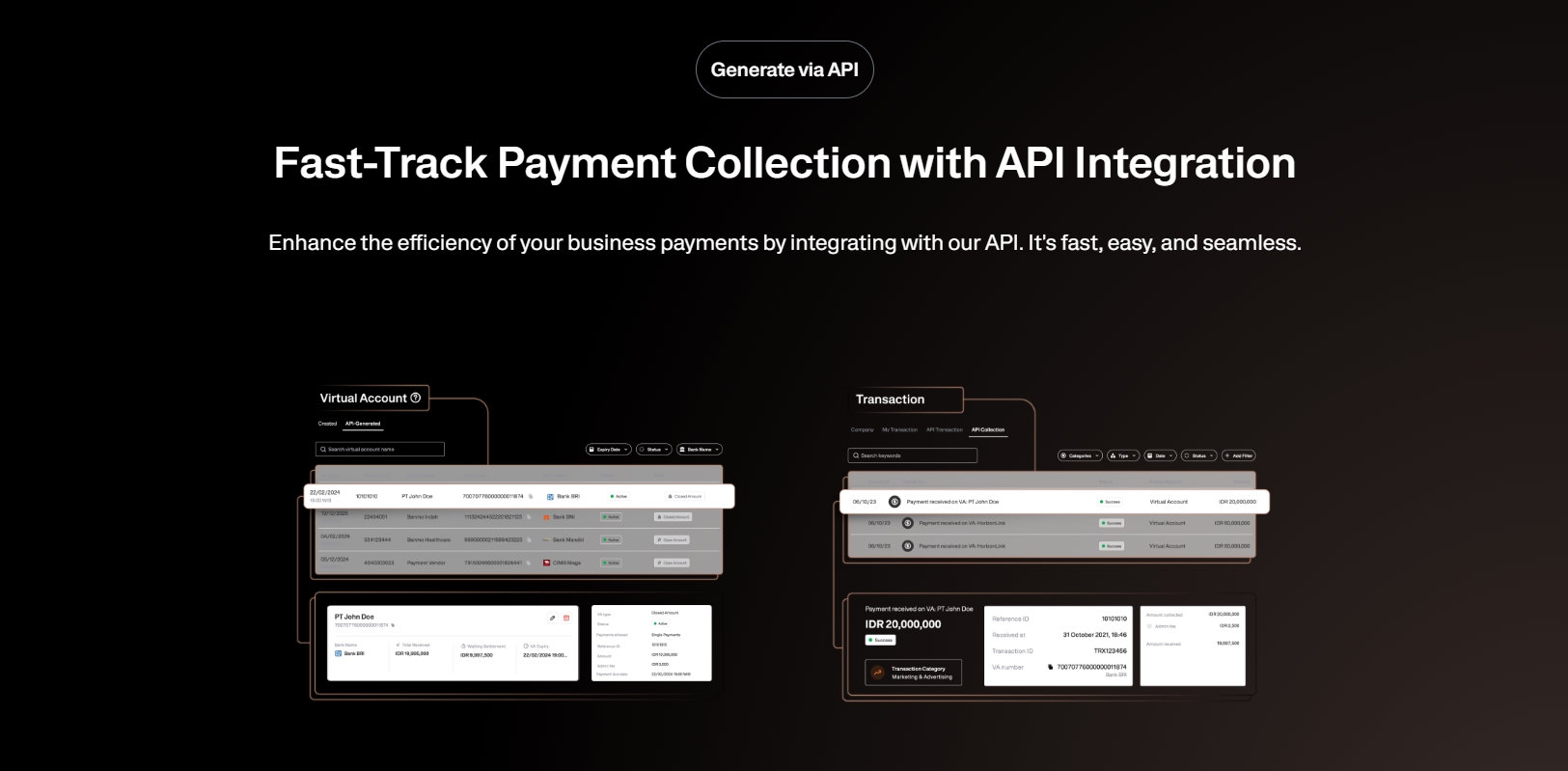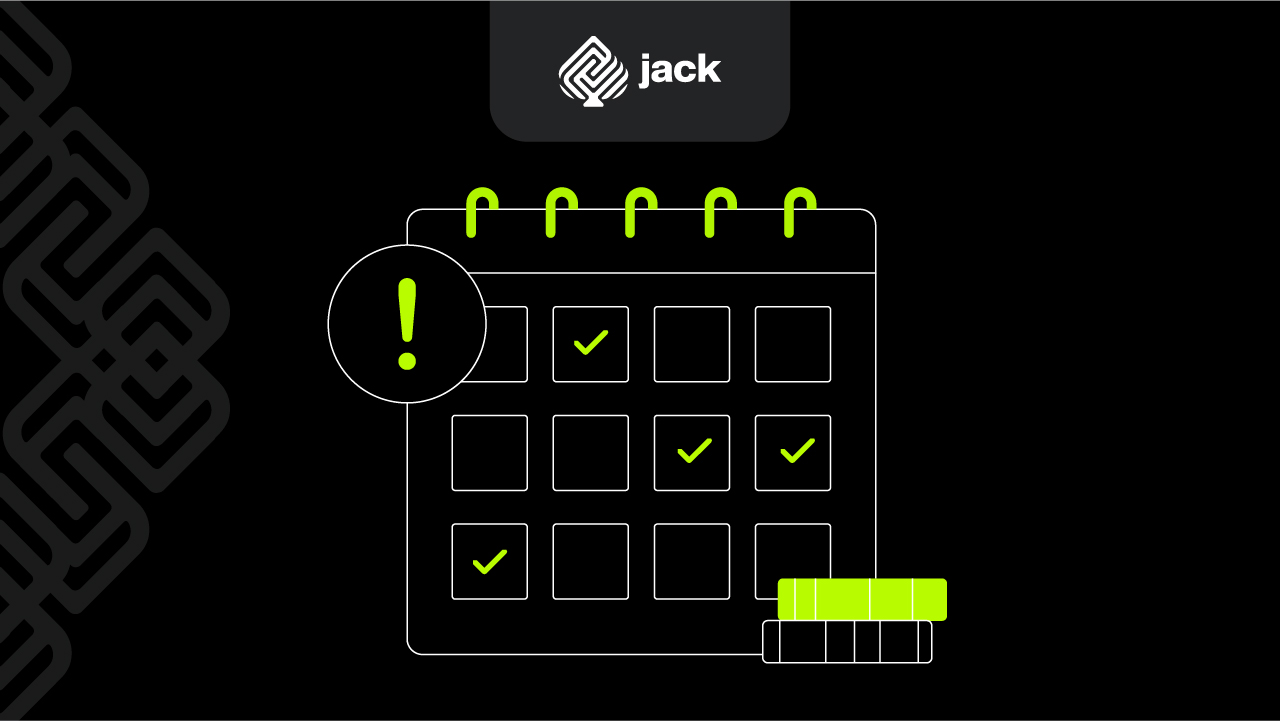Exchange rate fluctuations are a common occurrence in the global market. However, their impact is not only felt by financial market participants but also by governments and companies, especially in the context of taxes and customs duties.
This article will discuss tips for dealing with customs duty exchange rate fluctuations and strategies for managing the associated risks.
What Are Customs Duty Exchange Rate Fluctuations and Their Impact?
Exchange rate fluctuations refer to changes in the value between two currencies, which can occur due to various factors such as monetary policy, global economic conditions, and market sentiment. In the context of customs duty exchange rate fluctuations, these changes can have significant impacts.
For example, if the domestic currency weakens against foreign currencies, the value of imported goods will increase, thereby increasing customs revenue. Conversely, if the domestic currency strengthens, the value of exported goods may increase, but this can also lead to a decrease in tax revenue.
7 Strategies to Manage Risks Due to Customs Duty Exchange Rate Fluctuations
1. Market Diversification
One of the main strategies for dealing with customs duty exchange rate fluctuations is market diversification. By having customers or suppliers from various countries, you can minimize the impact of exchange rate fluctuations on your business. When one currency’s value falls, another’s might rise, helping to balance out losses.
2. Conservative Financial Planning
It is important to be conservative in financial planning when facing exchange rate fluctuations. This means considering potential exchange rate changes in your financial projections. By estimating a lower-than-actual exchange rate, you can have sufficient reserves to cover potential losses.
3. Hedging
Hedging is a common technique used to protect businesses from exchange rate fluctuations. It involves using financial instruments such as futures contracts or options to lock in the exchange rate at a certain level. Although hedging can reduce potential profits, it provides much-needed protection against large losses due to exchange rate fluctuations.
4. Active Market Monitoring
As an international business owner, it is important to actively monitor market conditions. By understanding the factors influencing exchange rate fluctuations, you can make better decisions in managing your risks. Use analysis tools and consult with financial experts to gain better insights into market movements.
5. Use of Local Currency
Using local currency in business transactions can also be an effective strategy to reduce exposure to exchange rate fluctuations. This avoids currency conversion risks and reduces the impact of exchange rate fluctuations on your company’s finances.
6. Strong Relationships with Suppliers and Customers
Having strong relationships with suppliers and customers can provide additional advantages when dealing with exchange rate fluctuations. Discuss possible price adjustments or more flexible payment terms to accommodate changes in exchange rates.
7. Employee Education and Training
Finally, it is important to ensure that your employees have a good understanding of exchange rate fluctuations and how they can affect the business. Regular training on risk management and risk management strategies can help increase employee awareness and skills in facing these challenges.
The Role of Fiscal and Monetary Policy in Addressing the Impact of Customs Duty Exchange Rate Fluctuations
Fiscal and monetary policies play a crucial role in addressing the impact of exchange rate fluctuations on taxes and customs duties. These policies can be used by the government to respond to changes in exchange rates and reduce uncertainty for businesses.
1. Fiscal Policy
Fiscal policy includes the regulation of government revenue and expenditure. In the context of customs duty exchange rate fluctuations, the government can use fiscal policy to mitigate the negative impact on tax and customs revenue.
a. Tax and Customs Duty Rate Adjustments
The government can adjust tax and customs duty rates in response to exchange rate fluctuations. For example, if the domestic currency strengthens, the government can lower tax or customs duty rates to stabilize import and export flows.
b. Fiscal Stimulus
The government can also use fiscal stimulus to boost economic growth and reduce the impact of exchange rate fluctuations. For instance, through tax cuts or other fiscal incentives, the government can encourage business activity and reduce vulnerability to currency value changes.
2. Monetary Policy
Monetary policy includes the regulation of interest rates and money supply. In dealing with customs duty exchange rate fluctuations, the central bank plays a key role in setting appropriate monetary policies to maintain currency stability.
a. Foreign Exchange Intervention
The central bank can intervene in the foreign exchange market to influence the value of the domestic currency. For example, if the domestic currency strengthens suddenly and harms exporters, the central bank can buy foreign currency to lower the domestic exchange rate and improve export competitiveness.
b. Interest Rate Setting
The central bank can also use interest rate policies to regulate capital flows and reduce exchange rate volatility. By raising interest rates, the central bank can attract foreign investors to invest in the country, which in turn can help stabilize the currency exchange rate.
Lihat dokumentasi API dari Jack Finance disini
In facing customs duty exchange rate fluctuations, it is crucial for companies and governments to have a deep understanding of the factors influencing currency value changes and to implement appropriate strategies to manage the associated risks.
Gunakan Jack untuk kebutuhan bisnis Anda
By doing so, they can minimize the negative impact and capitalize on the opportunities arising from exchange rate fluctuations.












